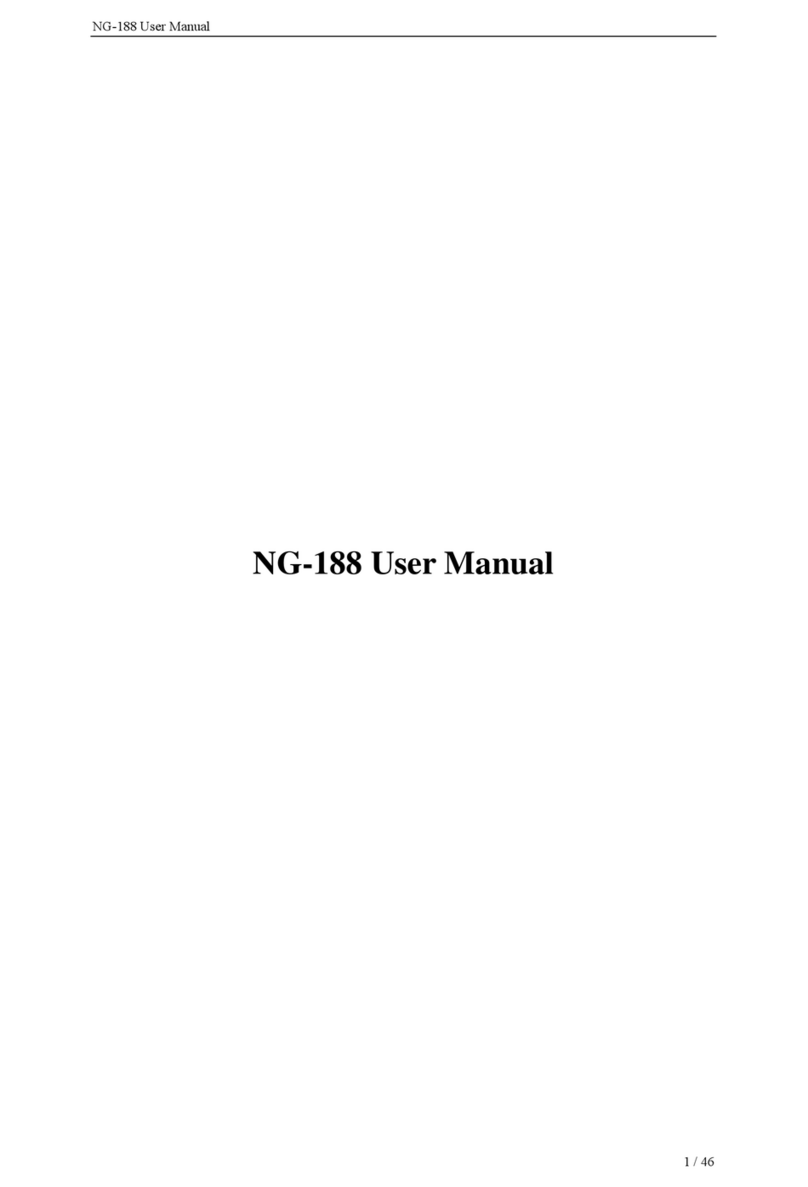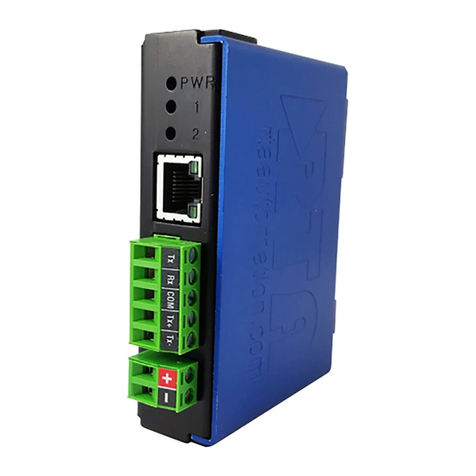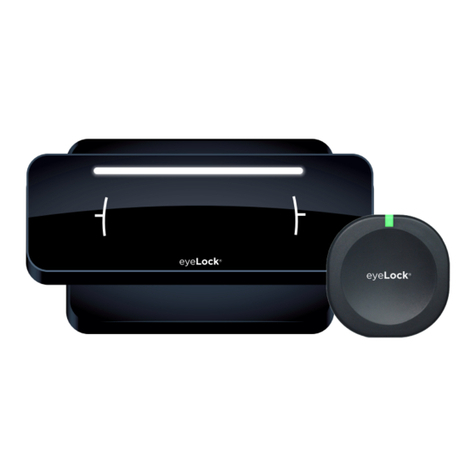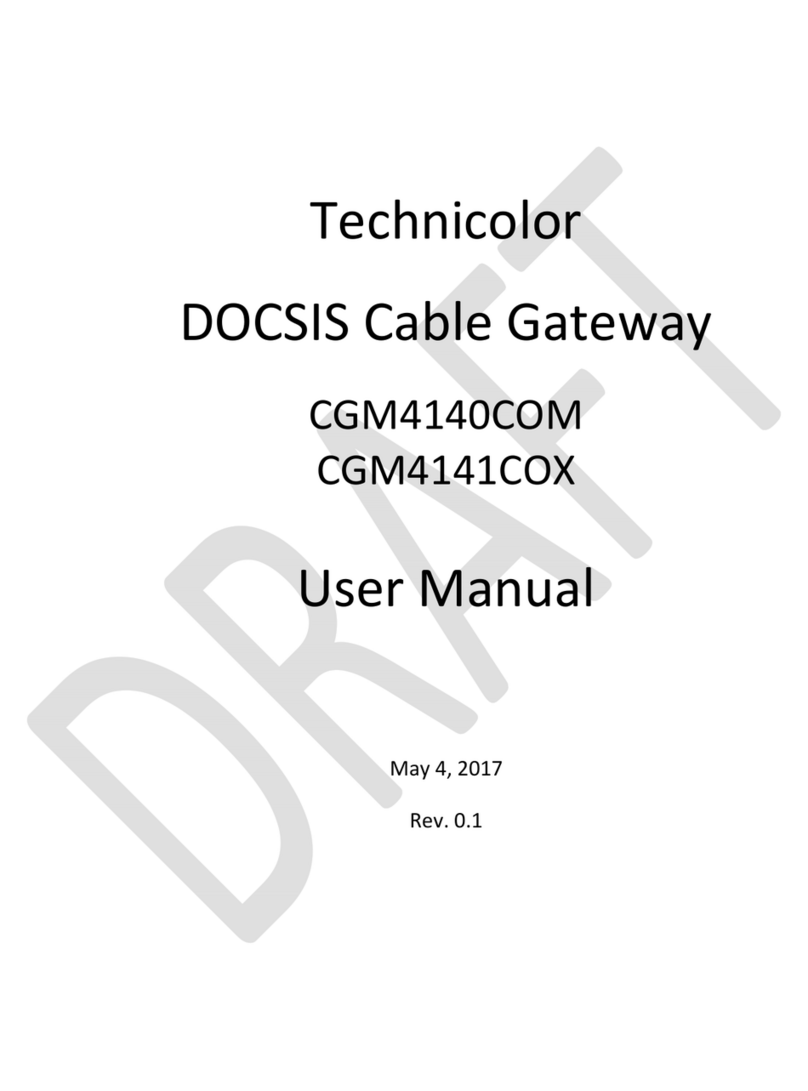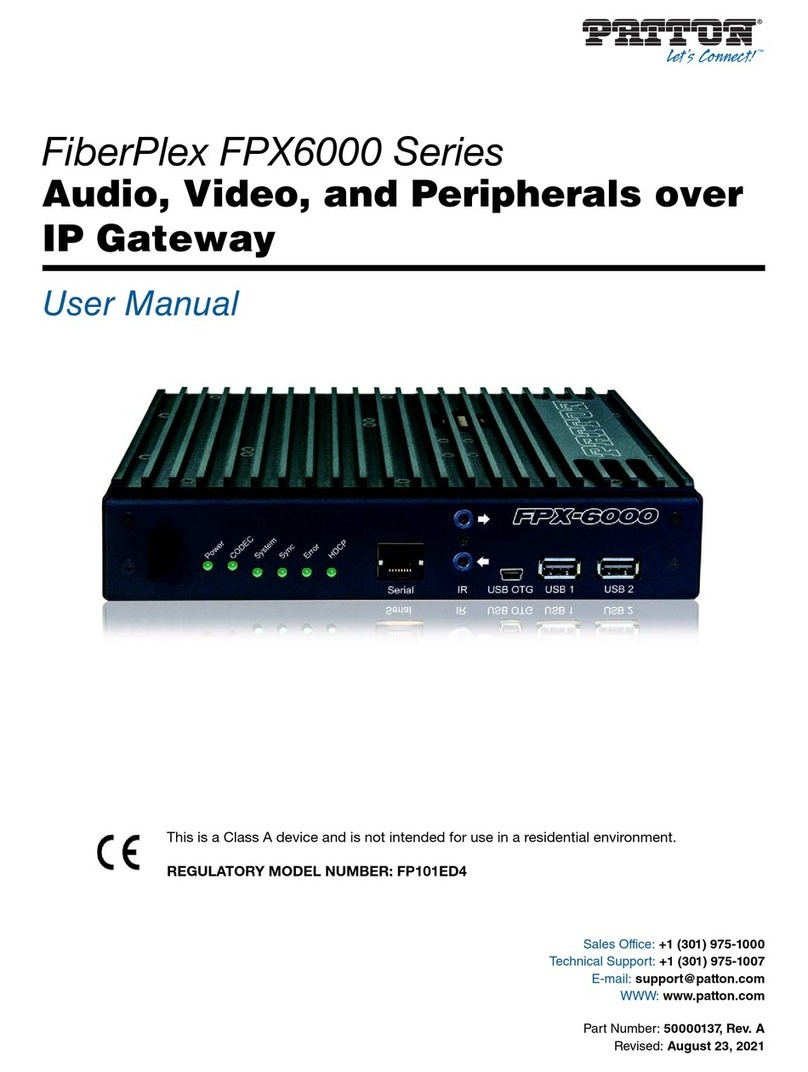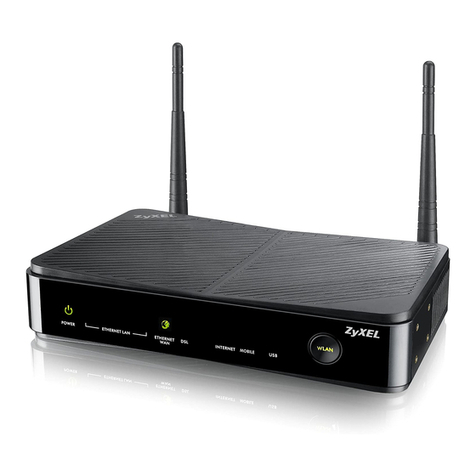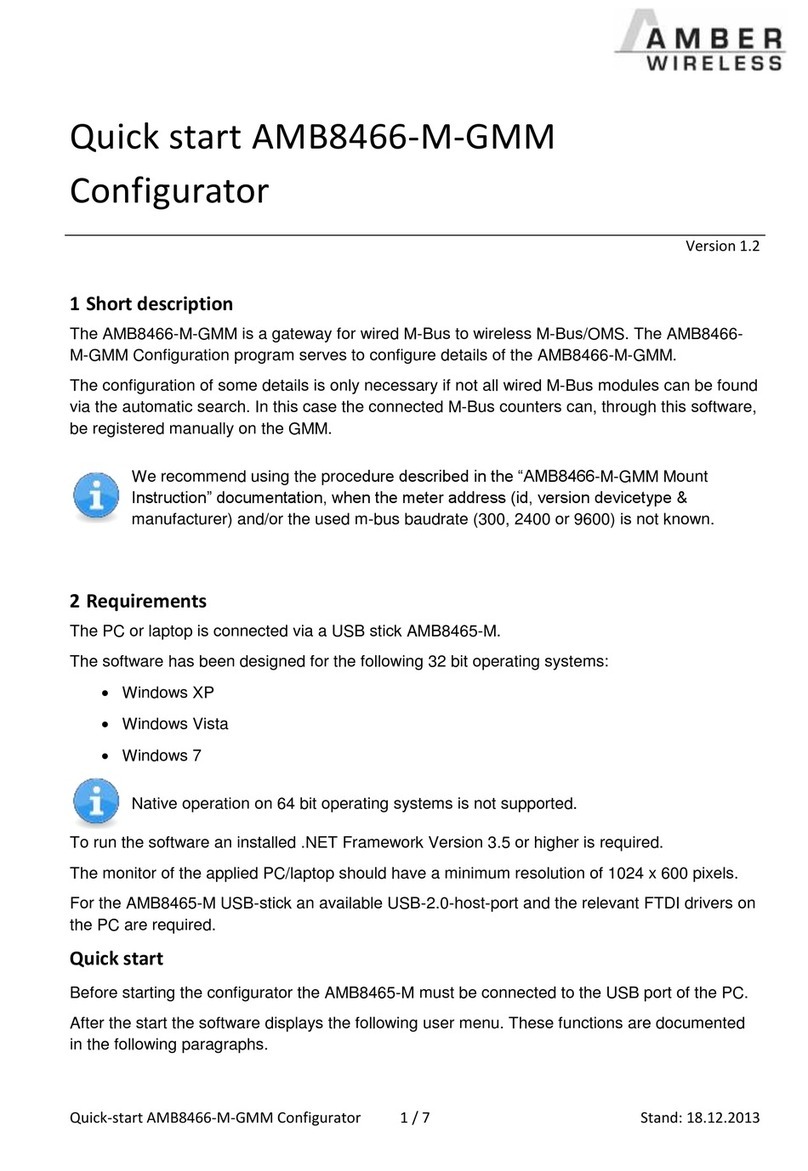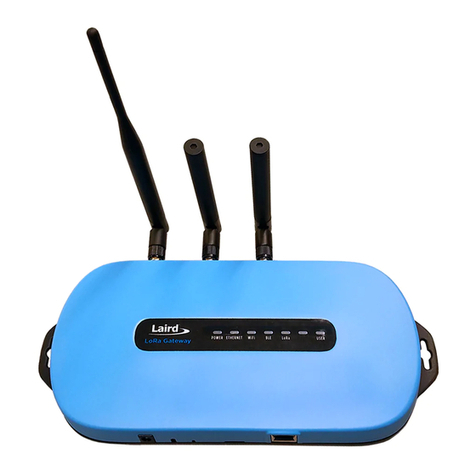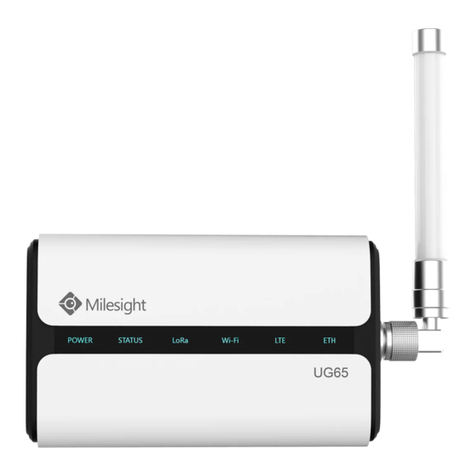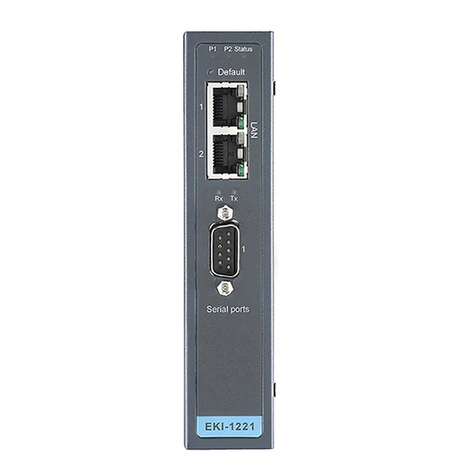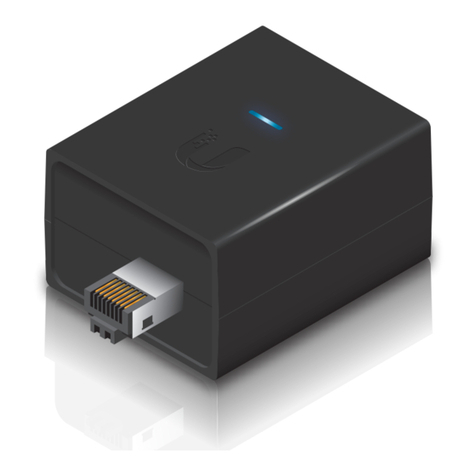Netphonic NG-48 Series User manual

Netphonic Systems NG-48UserManual
1
User Manual
NG-48 Series
Gateway
Version 1.02

Netphonic Systems NG-48UserManual
2
Production NG-48 Series Gateway
Version 1.02
Modified by Xiang Xingrong
Description
CONTENT
1 WELCOME..........................................................................................................................................3
2 INSTALLATION.................................................................................................................................3
2.1 Package List ........................................................................................................................3
2.2 Safety Compliances.............................................................................................................4
3. PRODUCT OVERVIEW................................................................................................................. 4
4 CONFIGURATION WITH WEB......................................................................................................6
4.1 User verification..................................................................................................................7
4.2 Current state ........................................................................................................................7
4.3 Network configuration…………………………………………………………………….8
4.3.1 Wide area network(WAN)........................................................................................8
4.3.2 Local area network (LAN) .....................................................................................10
4.4 VOIP configuration ...........................................................................................................11
4.4.1 H.323 configuration ...............................................................................................11
4.4.2 SIP configuration....................................................................................................14
4.5 Advance configuration ......................................................................................................18
4.5.1 Net Service configuration ......................................................................................18
4.4.2 SIP advanced configuratio………………………………………………………..20
4.3.3 Value-added service configuration………………………………………………..23
4.6 Number binding configuration…………………………………………………………...27
4.7 Save and clear configuration……………………………………………………………..31
4.8 Upgrade on-line…………………………………………………………………………..32
4.8.1 Upload WEB page…..…………………………………………………………… 32
4.8.2 FTP download…………………………………………………………………….32
4.8.3Configuration files WEB download……………………………………………….34

Netphonic Systems NG-48UserManual
3
4.9 System management……………………………………………………………………..34
4.9.1 Account management……………………………………………………………..34
1 Welcome
NG-48 series of gateways are innovative gateway that offer a rich set of
functionality and superb sound quality. They are fully compatible with
SIP and H.323 industry standard and can interoperate with many other
SIP or H.323 compliant devices and software on the market.
2 Installation
2.1 Package List
The NG-48 gateway package contains:
1) One NG-48 gateway
2) One universal power adapter
3) One Straight Ethernet cable
4) One Phone line

Netphonic Systems NG-48UserManual
4
2.2 Safety Compliances
The gateway should only be operated with the universal power adapter
provided with the package. Damages to the gateway caused by using
other unsupported power adapters would not be covered by the
manufacturer’s warranty.
3 Product Overview
NG-48 IP Gateway is a next generation IP network facility based on
industry open standard SIP (Session Initiation Protocol) and H.323. Built
on innovative technology, NG-48 IP Gateway features market leading
superb sound quality and rich functionalities.
3.1 key Features
zSupport two models: Bridge and Router(NAT&NAPT).
zNetwork Protocols: TCP/UDP/IP, ICMP, HTTP, DHCP Client (WAN
Interface), DHCP Server(LAN Interface), DNS Client, DNS Relay,
SNTP, PPPoE, FTP, TFTP.
zVoIP Protocols: Support H323 (V4) and SIP (RFC3261, RFC3262,
RFC3264, RFC3265) synchronously.

Netphonic Systems NG-48UserManual
5
zVoice Codecs: G.711(A-law/U-law), G.723.1, G.729A/B, G.726
zRedundancy SIP server (or Gate Keeper): Can auto swap address
between two servers address.
zNAT penetration: Support STUN client, AVS and Citron etc. Can
modify SIP register port, HTTP server port, Telnet server port and
RTP port.
zSupport two SIP server synchronously: Can register two different SIP
server, and can make a call by either proxy.
zSupport standard voice features such as numeric Caller ID Display,
Call Waiting, Hold, Transfer, Do-Not-disturb, Forward, in-band and
out-of-band DTMF, Hotline (off hook autodial), ban outgoing.
zSupport standard encryption and authentication (DIGEST using MD5,
MD5-sess).
zSupport Silence Suppression, VAD (Voice Activity Detection), CNG
(Comfort Noise Generation), Line Echo Cancellation (G.168), and
AGC (Automatic Gain Control).
zProvide easy configuration thru manual operation (Web interface and
Telnet) or automated centralized configuration file via TFTP or HTTP.
zSupport firmware upgrade via TFTP/FTP and HTTP.
zSupport syslog, can send event of gateway to syslog server.
3.2 Hardware Specification
The table below describes the hardware specification.
Item Specification

Netphonic Systems NG-48UserManual
6
Item Specification
Input 110-220V ACPower Adapter
Output 12V DC 1A
WAN 1 10/100Base T RJ-45
LAN 1 10/100Base T RJ-45
Port
FXS 4 RJ11 for phone
Power Consumption 4.8W/2.8W
Operating Temperature 0~60℃
Relative Humidity 5~95%
Volume 280mm*180mm*80mm
Weight 840g
4 Configuration with WEB
The IP Gateway Web Configuration Menu can be accessed by the
following URL: http:// “Gateway-IP-Address”. The default LAN IP
address is “192.168.10.1” and WAN Mode is Dhcp client. If the web
login port of the gateway is configured as non-80 standard port, the user
need to input http://xxx.xxx.xxx.xxx:xxxx/, otherwise the web will show
that no server has been found, and it will be shown as follows:

Netphonic Systems NG-48UserManual
7
4.1 User verification
Users should login before configuring dialogue machine.
Guest account: the default username and password are both “guest”, user
can have a browse of system.
Administrator account: the default username and password are both
“admin”, this user can configure the system.
Note: after inputting username and password, user press carriage
return directly to enter the page.
4.2 Current state
On this page user can gather information of each commonly-used
parameter of the gateway, it is shown as the following figure: the network
section shows the current WAN, LAN configurations of the gateway:

Netphonic Systems NG-48UserManual
8
including gaining way of WAN IP and IP( static state, DHCP, PPPoE),
MAC address, WAN IP address of the gateway, LAN IP address of the
gateway, opening state of LAN DHCP server.
The VoIP section shows the current default signaling protocol in use, and
server parameter in use of each protocol: including GateKeeper IP of
H323, H323ID, whether enables register, whether has registered on GK;
Register server IP of SIP, proxy server IP, whether enables register,
whether has registered on register server, whether enables outbound
proxy, whether enables STUN server.
The Phone line section shows corresponding phone number of each
protocol.
The version number and date of issue have been shown at the end of the
page.
4.3 Network configuration
4.3.1 Wide area network(WAN)
User can view the current network IP linking mode of the system on this
page.
User will be authorized to set the network IP, Gateway and DNS if the
system adopts the static linking mode.
If the system selects DHCP service in the network which is using DHCP

Netphonic Systems NG-48UserManual
9
service, IP address will be gained dynamically.
If the system selects PPPOE service in the network which is using the
PPPOE service, then the IP address will be gained by the set PPPOE ISP
internet and password of the account.
Note: If IP address has been modified, the web page will no longer
respond owing to the modification, so new IP address should be input
in the address field now.
First Table:
Active IP /
Current Netmask/
MAC Address/
Current Gateway
Current gateway IP, subnet mask, mac address and
current gateway IP;
Static/DHCP/
PPPOE
Select acquisition way of IP for WAN; This is single
option; Configure static IP parameter for WAN;

Netphonic Systems NG-48UserManual
10
Static Parameter Configuration:
IP Address Configure static IP address:
Netmask Configure subnet mask;
Gateway Configure IP address of the the gateway;
DNS Domain Configure “dns domain” suffix; if user input
“domain” and it can’t be resolved, the gateway will
add and resolve the “domain” after user input.
Primary DNS Main DNS server IP address.
Alter DNS The second DNS server IP address.
PPPoE Configuration:
Server Service name, if PPPoE ISP has no special
requirement for this name, generally is the default.
User PPPoE account.
Password PPPoE password.
Configure the parameter and then click "apply" to go into effect.
4.3.2 Local area network (LAN)
User can make local area network (LAN) configuration on this page,
when bridge mode is selected, the local area network (LAN)
configuration will no longer go into effect.

Netphonic Systems NG-48UserManual
11
Configuration explanation:
Bridge Mode Use bridge mode(transparent mode: bridge mode
will make the gateway no longer set IP address for
LAN physical port, LAN and WAN will join in the
same network.
IP Configure LAN static IP.
Netmask Configure LAN subnet mask.
DHCP Service Enable LAN port DHCP server; after user modify
LAN IP, the gateway will automatically modify the
adjustment and save the configuration according to IP
and subnet mask team DHCP Lease Table, user need
to restart the gateway to make DHCP server
configuration go into effect.
NAT Enable NAT.
4.4 VOIP configuration
4.4.1 H.323 configuration
User can configure specific parameter of H323 signaling protocol on this
page.

Netphonic Systems NG-48UserManual
12
Configuration explanation:
H323[Unregistered]
Configuration
Show H323 register state; if register successfully, it
will show Registered in the square bracket,
otherwise show Unregistered.
Default GK Addr Configure default GateKeeper IP address.
Default GK Port Configure default GateKeeper port.
Default GK ID Configure default GateKeeper ID, if no special
requirement of GK, user don’t need to fill in
anything.
Q931 Signal Port The system initiates Q931 signal port, the default is
1720.
RAS Port Configure the net gate RAS register port for the
system; terminal user can logon to gatekeeper
through RAS passage and make a request for
allowing to initiate the call request. If the request
has been allowed, then the gatekeeper will return a
transport address(with IP address and port

Netphonic Systems NG-48UserManual
13
number)as the call signaling passage of the called
party.
DTMF Mode Configure DTMF mode: RELAY mode, RFC2833
mode, H245-string mode and H245-signal mode.
Permit Call if not
registered
Configure permission for no-registered call, allow
to initiate call without net gate register.
Early H245 when initiating a call, the 225 message transmission
begins at the same time with 245 message
transmission, the default is Disable.
Enable Register Configure enable/cancel register.
H245 Tunnel Configuration for transferring 245 message
package to 225 message package.
H323 Force G7231 Configure H323 to run the talking only by G.7231
encode, the default is Disable.
H323(Default
Protocol)
Configure the gateway use H323 protocol as
default call protocol.
Fast Start Configure quick start mode to start H323 call.
Select Multiplexing Configure multiplexing of logical channel, the
default is “Disable”.
Early Talk Configure the gateway can receive IVR, such as the
voice prompt, dialing of PSTN color ring.
Configure GateKeeper backup and enable GateKeeper detecting and
auto-swap functions, the gateway will automatically swap to GK backup
server when there is no response from default GK, and test the default
GK; if the default GK recovers response, the gateway will automatically
swap to the default GK.
Alter GK Addr Configure GK backup server IP.
Alter GK Port Configure server port for GateKeeper backup.

Netphonic Systems NG-48UserManual
14
Alter GK ID Configure ID for GateKeeper backup.
GK Detect
Interval
GateKeeper detection interval time configuration, the
unit is second.
GK Auto Swap Enable the gateway’s auto-swap to GK.
Auto Detect GK Configure the gateway to detect GK automatically.
4.4.2 SIP configuration
User can configure specific parameter of SIP signaling protocol on this
page.
Configuration explanation:
SIP[Registered]
Configuration
Show SIP register state; if register successfully, there
will show Registered in the square bracket, otherwise
show Unregistered.
Register Server
Addr
Configure SIP register server IP address.
Register Server Configure SIP register server signal port.

Netphonic Systems NG-48UserManual
15
Port
Register
Username
Configure SIP register account(usually it is the same
with the port number that configured, some special
SIP servers will have different port configurations,
then the port configuration needs to be configured to
be numbers, here the configuration account can be
arbitrary character string).
Register
Password
Configure password of SIP register account.
Proxy Server
Addr
Configure proxy server IP address(usually SIP will
provide user with service of proxy server and register
server which have the same configuration, so the
configuration of proxy server is usually the same
with that of register server, but if the configurations
of them are different(such as different IP addresses),
then each server’s configuration should be modified
separately.
Proxy Server Port Configure SIP proxy server signal port.
Proxy Username Configure proxy server account.
Proxy Password Configure proxy server password.
Local SIP Port
Configure local signal port, the default is 5060(this
port will go into effect immediately, the SIP call will
use the modified port for communication after
modification).
Register Expire
Time
Configure expire time of SIP server register, the
default is 600 seconds. If the expire time that server
requires is more or less than that configured by the
gateway, the gateway can automatically modify it to
the recommended time limit and register.

Netphonic Systems NG-48UserManual
16
Detect Interval
Time
Configure detection interval time of the server, if the
gateway enables SIP detection server function, the
gateway will detect once for whether the server has
response every other detection interval time.
Domain Realm
Configure SIP domain, which is provided by SIP
Server. It can be the server IP (e.g. 202.112.10.12 );
or the domain name of the server(e.g. sipconcet.net);
or other identifier provided by the server(e.g. sip).
If SIP domain is same with server address, it doesn’t
display.
DTMF Mode
DTMF sending mode configuration; three kinds: the
above are basic configurations of SIP.
RFC Protocol
Edition
Enable the gateway to use protocol edition. When the
gateway need to communicate with gateways which
is using SIP1.0 such as CISCO5300 and so on, then it
should be configured into RFC2543 to communicate
normally. the default is to enable RFC3261;
User Agent To be compatible with some special SIP Servers, the
gateway has made some changes:
Net2phone: server demands to use the MAC address
as user agent;
shengji: walkersun and ipgw use special encrypt;
japan050: use the default value “common”.
Enable Register Configure enable/disable register;
Enable Pub
Outbound Proxy
Configure to enable public outbound proxy. If proxy
server has been enabled, the gateway will consider
the user as using outbound proxy automatically. If the

Netphonic Systems NG-48UserManual
17
configuration has been disabled, the gateway can still
be registered to the server, but can’t make SIP call;
configuration of registered call by the gateway will
not have impacts on SIP point-to-point call;
SIP(Default
Protocol)
Configure SIP of the gateway as default protocol;
Auto Detect
Server
Configure automatic detection server of the gateway;
Server Auto Swap Configure main and backup auto-swap server; if the
gateway enables main and backup server function,
the automatic detection and auto-swap functions
should both be chosen.
Note: if you want to register and call through server, you must
configure corresponding numbers (which are usually SIP accounts)
to local port, otherwise the gateway will reject for sending out
register message when it considers that there is no number.
4.4.3 Phone number
After the aforesaid network and VoIP configuration, if the network can
communicate correctly, the user should be able to make VoIP calls
through the register and proxy.
After submitting the configuration, if the status is still incorrect, click
the menu in the left to renovate. Please do not click the “apply”
continuously, since some ISP may inhibit the gateway to register or
cancel continuously. If users click “apply” continuously, or register
and cancel frequently, the server may stop response, this will make the
gateway can not receive the certifications of register/cancel request
and show error register status!

Netphonic Systems NG-48UserManual
18
4.5 Advance configuration
4.5.1 Net Service configuration
User can set up Telnet, HTTP, RTP port on this page and view DHCP
table.

Netphonic Systems NG-48UserManual
19
Configuration explanation:
HTTP Port Configure web browse port, the default is 80 port, if
you want to enhance system safety, you’d better
change it into non-80 standard port.
Telnet Port Configure telnet port, the default is 23 port.
RTP Initial Port Enable RTP initial port configuration. It is dynamic
allocation.
RTP Port Quality Configure the maximum quantity of RTP port. The
default is 200.
Leased IP
Address
Leased IP-MAC correspondence table of DHCP.
Note:
1) The configuration on this page needs to be saved after modified
and will go into effect after restarting.
2) If the Telnet, HTTP port will be modified, the port is better to be
set as greater than 1024, because the 1024 port system will save

Netphonic Systems NG-48UserManual
20
ports.
3) Set the HTTP port as 0, then the http service will be disabled.
4.4.2 SIP advanced configuration
Set SIP STUN, private and backup server, user password and so on.
SIP STUN is a kind of server that used to realize the SIP’s enablement of
NAT, when the STUN server IP of the gateway has been configured
(generally the default is 3478) and Enable SIP Stun has been selected,
conventional SIP server can be used to realize the gateway’s penetration
of NAT.
Public backup server can implement the proxy of the dialogue machine
through auto-swap function when no response to public server. When the
gateway detects response of public server, it will auto-swap to public
server. Public backup server is redundancy backup of public server, it
should have the same account with public server.
The gateway’s supports to two different kinds of SIP server concurrently
can be implemented on private server. In this way user can register and
use two different kinds of services concurrently.
Table of contents
Other Netphonic Gateway manuals
Popular Gateway manuals by other brands

ZKTeco
ZKTeco C3-100 user manual
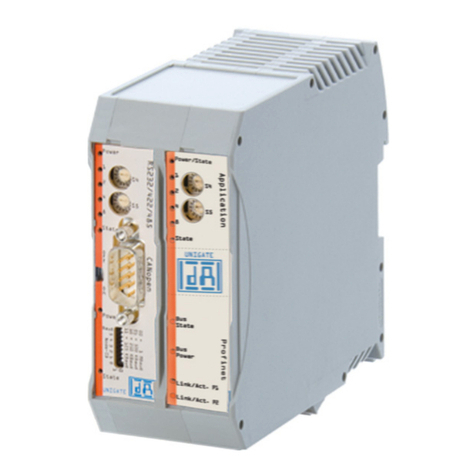
DEUTSCHMANN AUTOMATION
DEUTSCHMANN AUTOMATION UNIGATE CX-PROFINET 2Port - CANopen manual

Grandstream Networks
Grandstream Networks GXW40XX user manual
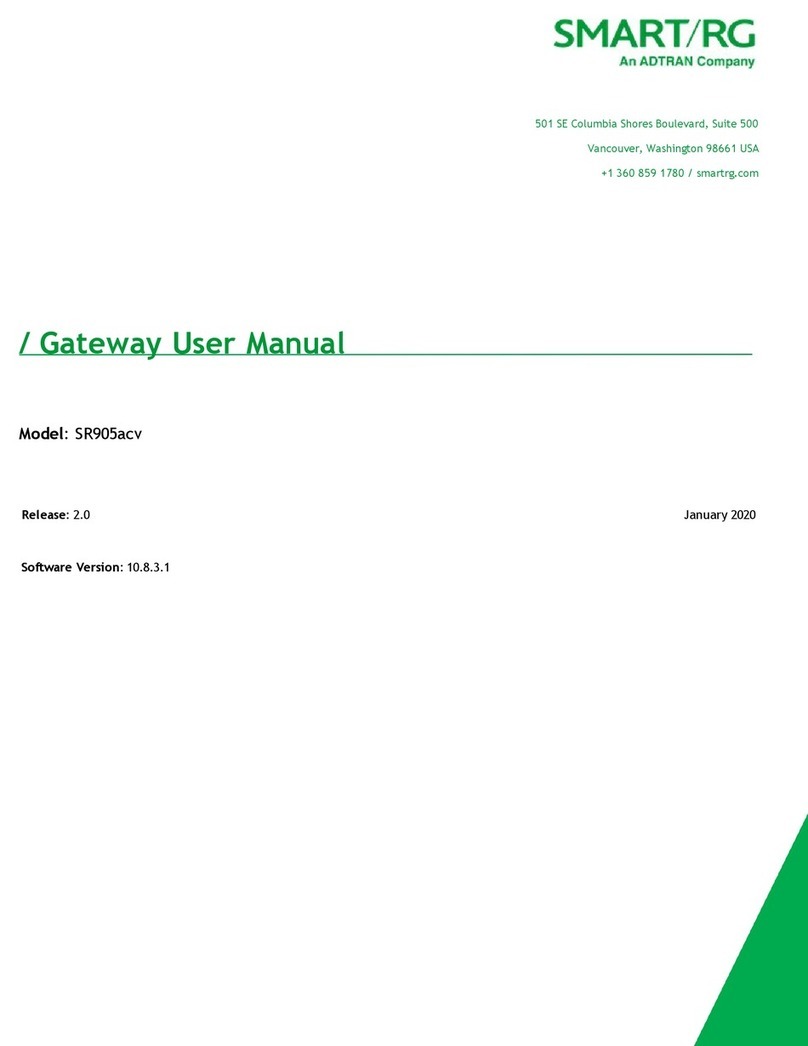
ADTRAN
ADTRAN SR905acv user manual

Janus
Janus AC-4CM10-640-F-20-000 Installation & operation manual
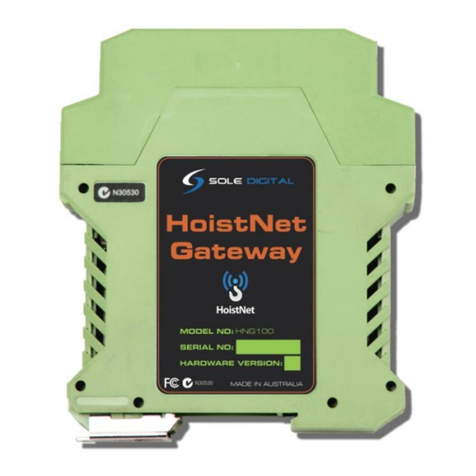
Sole Digital
Sole Digital HNG100 Installation and user manual
